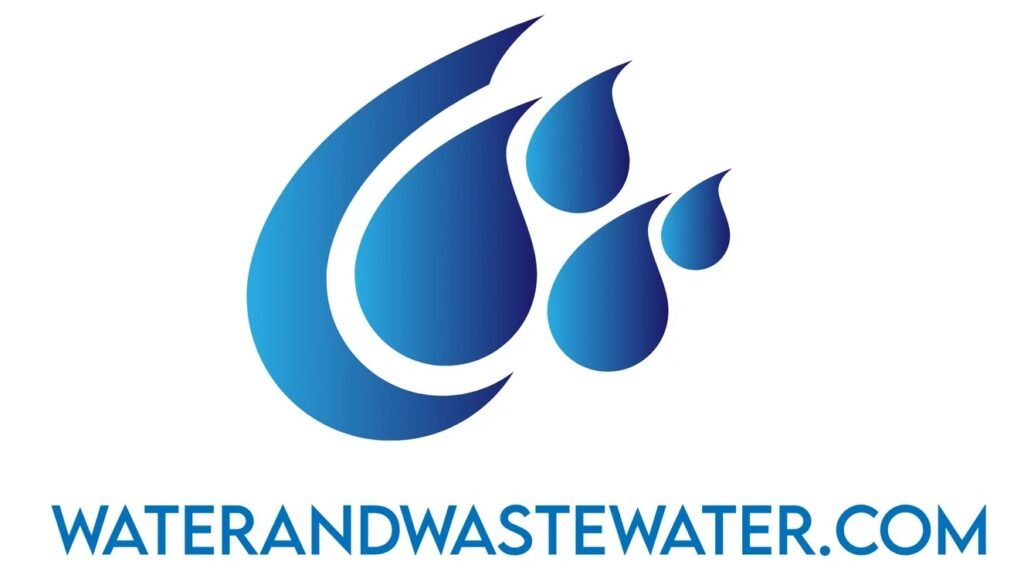
Tag: Greenhouse Gas Emissions
Anaerobic digestion is a powerful method for treating wastewater. This process uses microbes to break down organic matter without oxygen. It turns waste into useful products like biogas and fertilizer. Anaerobic digestion can transform wastewater into renewable energy and reduce greenhouse gas emissions. The process happens in sealed tanks called digesters. These tanks keep oxygen […]
Water utilities play a crucial role in our daily lives, but they also have a significant impact on the environment. The energy-intensive processes of treating and distributing water contribute to greenhouse gas emissions. Saving water can lead to energy savings and reduced greenhouse gas emissions, making it a key strategy for water utilities to lower […]
High-solids digestion is an advanced waste treatment method that breaks down organic materials with low water content. This process uses special tanks called digesters to turn food scraps, yard waste, and other organics into useful products like biogas and fertilizer. High-solids digestion can handle up to 40% solid content, making it more efficient than traditional wet […]
The Unsettling Side of Wastewater Treatment: Unveiling the Negative Impacts Wastewater treatment is an essential infrastructure process in modern societies, critical for maintaining water quality across the globe. As populations grow and urbanization intensifies, this sector has become indispensable in mitigating the harmful effects of domestic, industrial, and agricultural waste on the environment and […]
A Comparison Between Aerobic And Anaerobic Wastewater Treatment Technology Wastewater treatment is an essential component of modern society, facilitating the safe management and disposal of wastewater generated from residential, industrial, and agricultural activities. Efficient wastewater treatment not only ensures that harmful contaminants are removed, but also helps in recycling water for reuse, thus conserving […]